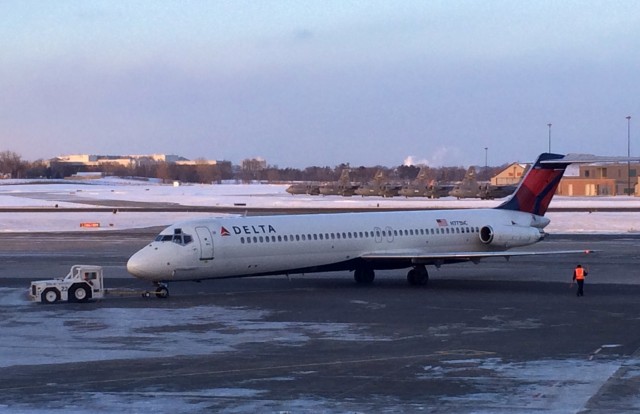
Delta flight 2014, the final scheduled DC-9 (reg N773NC) flight, pushed back from the gate at MSP – Photo: Chris Spradlin
It was a cold day in Minneapolis, the coldest in decades. Despite the bitter temperatures, spirits were high at Minneapolis – St. Paul International Airport (MSP) as Delta Air Lines was preparing to operate their final scheduled McDonnell Douglas DC-9 flight. As the aircraft touched down after the first flight of a two-leg ceremonial routing, the sendoff began and the DC-9 would soon be history.
A small gathering of Delta pilots, flight attendants, and tech ops were on hand to say goodbye to an old friend. A banner commemorating the DC-9 was hung on the wall for all to sign as passengers and employees indulged in the decorative DC-9 cakes. Before boarding, a ground operations employee shared some final thoughts about the DC-9, slipping up and saying “on behalf of Northwest Airlines,” which really sums up the history of the DC-9 at Delta.
Born 48 years ago, the DC-9 has outlived many other fleet types since its introduction with Delta in 1965. The DC-9 was once before retired from the Delta fleet in 1993, but was introduced again in 2008 after the merger with Northwest Airlines. Northwest also inherited their DC-9s via a merger, this time with Republic Airlines in 1986. The airframe which operated the final flight, N773NC, started its life with North Central Airlines in 1978.
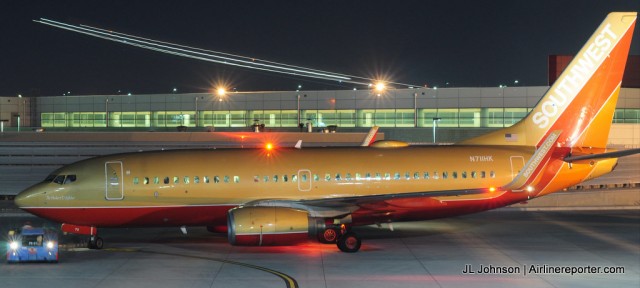
Southwest 737-700 (N711HK) seen at Dallas Love Field with Row 44 raydome between the strobe and vertical stabilizer. It also sports a retro-livery design.
On November 20, 2013 Southwest Airlines announced that, effective immediately, customers could use their portable electronic devices (PEDs) gate-to-gate. This was expected as other airlines had been making similar announcements earlier in the month after the FAA relaxed their rules. What wasn’t expected was that in-flight entertainment (IFE), through their Row 44 WiFi, would also be available gate-to-gate, making them the first U.S. airline to offer a seamless integrated experience, regardless of altitude.
Southwest Airlines has long been a renegade, going against the grain, often being successful with that strategy. When the industry zigs, they zag and usually find themselves with a competitive advantage. And that’s exactly what they did when they bucked the trend of U.S. airlines signing on with traditional passenger-level-hardware IFE. Instead, Southwest chose Row 44, an industry underdog to provide their connectivity. Row 44’s network is powered solely by satellite, whereas (at the time) the other big domestic players (i.e. GoGo) focused on terrestrial (land-based cell tower) service.
BONUS: GoGo Unveils New In-Flight Technology
I’m a known critic of IFE at the airline-provided-hardware level. I am of the school of thought that if you can give me WiFi, I’ll find a way to entertain myself, with my own device(s). BYOD (that is, “bring your own device”) is gaining in popularity across many industries and applications, so why not with airlines? Traditional IFE is expensive to implement, heavy to fly around, and requires added maintenance. With passengers likely to bring the added weight of their own devices anyway, why not simply eliminate the cost and complexity?
Southwest’s in-flight connectivity is nothing new, but has matured well beyond basic WiFi. I recently had the opportunity to try out the new gate-to-gate, or in my case, gate-to-gate-to-gate Row 44 on a business trip from Kansas City with a stopover at Dallas Love Field on my way to San Antonio. Let me say, I was impressed.

Navigating an airport can be a complicated task. Image: David Parker Brown
This story was written by Steven Paduchak for AirlineReporter.com
As I sit in front of the podium just past airport security every weekend wearing my ’œInformation’ uniform, I watch as passengers make their way through; stopping by and looking at the monitors of all flight information, asking about what’s available to eat, where the lavatories are located, etc’¦
While I pursue my degree in Aviation Management, I take advantage of any opportunity possible to immense myself in the airport environment. What many people aren’t aware of today is that airports throughout the nation are city or county-owned. The airport represents the first essence of the city looking to bring in potential business.
As a result of this, airports have formed these volunteer-based initiatives in order to give off the best first impression and to ensure a positive experience. As I have observed the world of airport management the past few years through various experiences, I can say with certainty that customer service is vital to an airport and region’s economic success. People could sit down for days and talk about the poor customer service they get while traveling.
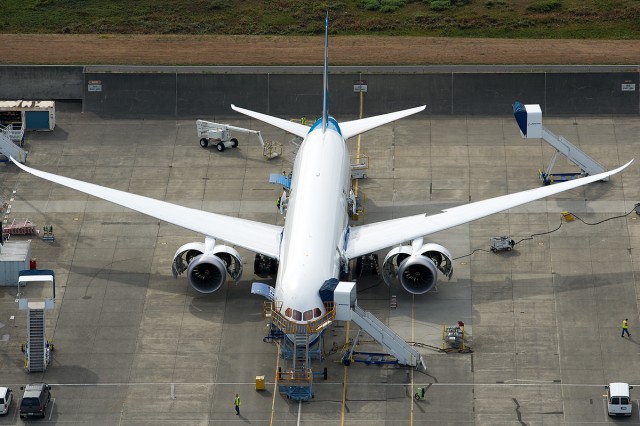
The first Boeing 787-9 Dreamliner on the flight line at Paine Field (KPAE) – Photo: Bernie Leighton | AirlineReporter
The first Boeing 787-9 Dreamliner is expected to be delivered to Air New Zealand sometime in mid-2014. Before then, the aircraft has quite a few tests to complete prior to being certified, and Boeing has one fun adventure planned starting this weekend.
According to the Australian Business Traveller (AusBT), the Dreamliner will conduct stop-overs during testing in Auckland, Brisbane, and Alice Springs.
Not only will this allow the 787-9 to spread its wings, but it will also give those of you who live in the area a chance to catch one of the first glimpses of the longer Dreamliner.
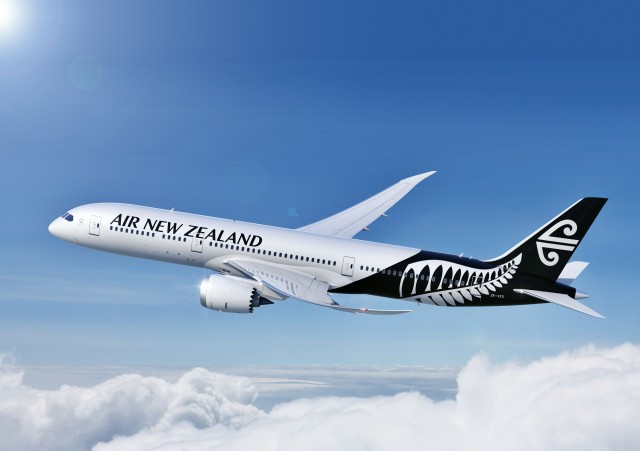
Air New Zealand’s new white fern livery seen on the 787-9 Dreamliner – Image: Air New Zealand
The test aircraft will take advantage of Australia’s hot temperatures in Alice Springs to test out the stretched Dreamliner. The plane flown down will be the second of three test aircraft Boeing is currently using, ZB002. It will be set up with a bunch of different testing equipment and Boeing tells AirlineReporter it will also, “be fitted with elements of the passenger interior.” Boeing will test the plane’s environmental control system and chose Alice Springs because the location, “meets specific test requirements for both facility and atmospheric conditions.”
’œBoeing is proud to bring the 787-9 to Auckland to show Air New Zealand what the team has achieved,’ said Mark Jenks, vice president, 787 Development, Boeing Commercial Airplanes. ’œWith more than 150 flights since testing began in September, the test fleet continues to perform very well, and we look forward to delivering the first 787-9 in mid-2014 as promised.’
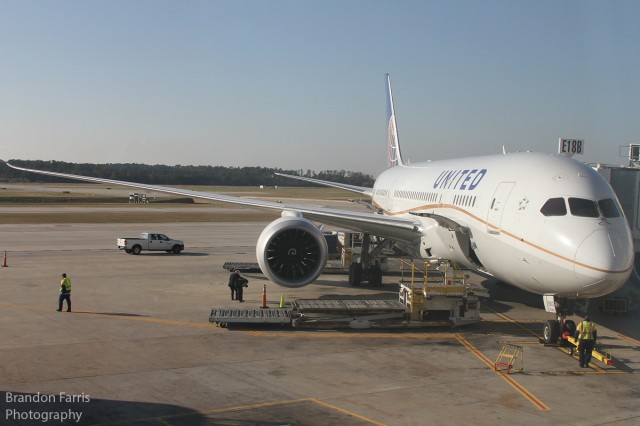
United’s Boeing 787 Dreamliner in Houston. Photo: Brandon Farris
It has been a long journey, but I am proud to say that I have finally flown on a Dreamliner.
After two years of trying to get on the 787-8 Dreamliner, I finally had my opportunity to step aboard one of the most amazing aircraft ever built.My flight, United 1169, was from Houston to Los Angeles; they fly the aircraft once a day between these cities for positioning, and when I stumbled on it I couldn’t resist.
As time call to board my flight (in the Economy Plus section), it finally began to sink in that I was about to board the plane I have lost many nights of sleep over. I have followed the issues the plane has had throughout its flight test program and entry into service.
The aircraft I was flying on, N26902, has quite a history and actually is one of the 787s that cost me a couple night’s sleep, as it was the plane that diverted to New Orleans back in December, 2012, when the battery saga was beginning to catch fire. The aircraft also completed the inaugural flights for United to Tokyo Narita from Los Angeles, becoming the first 787 flown by a non-Japanese airline to land in Japan. Weeks later, it completed United’s first flight to Shanghai.





